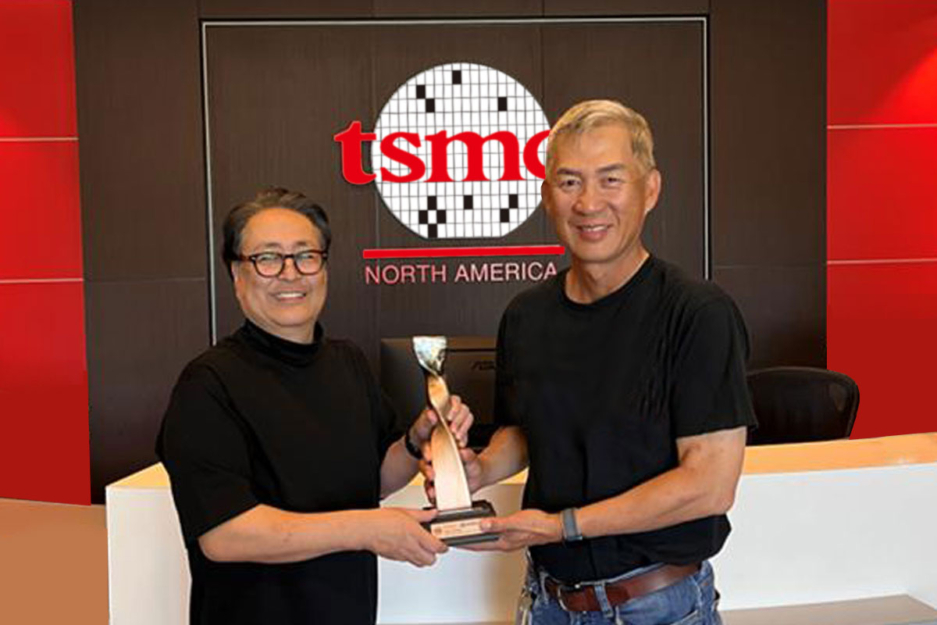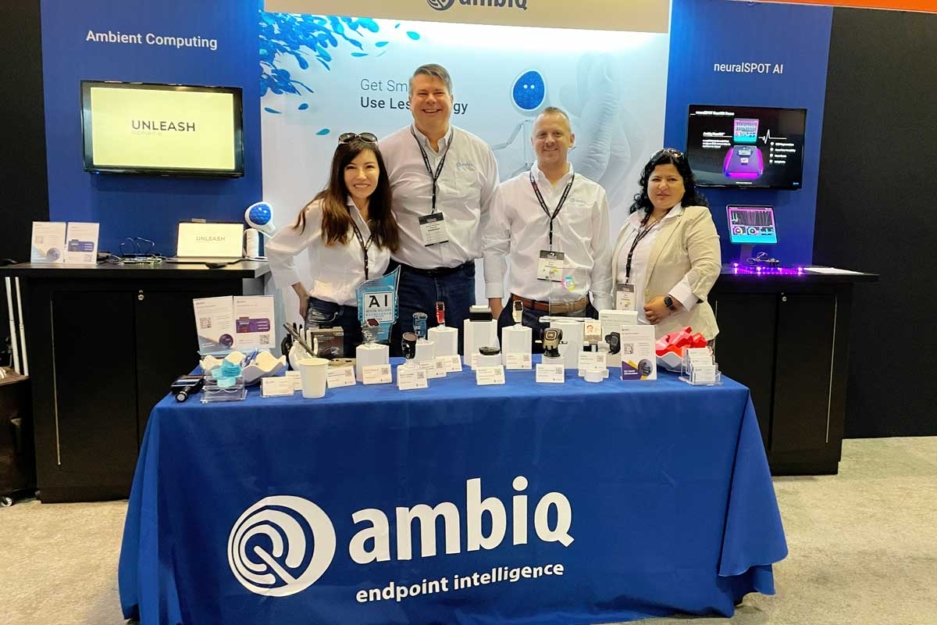ambiq singapore office Secrets

The mission was colloquially often called Apollo 1; the crew even had company acceptance for just a mission patch shelling out homage to your flight’s foremost place among the manned missions.
Aldrin salutes the deployed United states of america flag around the lunar surface area. The astronauts planted the Lunar Flag Assembly that contains a flag of America about the lunar floor, in obvious watch from the Television digicam. Aldrin remembered, "Of all the roles I needed to do on the Moon the one particular I wished to go the smoothest was the flag elevating."[152] Though the astronauts struggled with the telescoping rod and could only insert the pole about 2 inches (five cm) into your tricky lunar floor.
The Apollo4 Blue SoC is definitely an ultra-small electrical power, really built-in combined-signal SoC designed for battery-run devices. The SoC presents a major improvement in processing ability and highly integrated ability administration and audio abilities on the Apollo SoC product family.
Many substantial Block II modifications have been manufactured to CSM-017 for certification uses, because no Block II spacecraft would fly without a crew.[26] These included upgrading the warmth protect to dam II expectations, using a Block II CM-to-SM umbilical connector, and putting in Block II-design and style VHF and S-band antennae. In addition, there were modifications into the CM's hatch.[28] The fact that the spacecraft hatch couldn't be conveniently opened in case of crisis experienced trapped the Apollo one astronauts in the hearth that took their life, and led to a redesign of the hatch. The new hatch was not scheduled to fly right until the second Saturn V check (Apollo six), but its seals have been to get flight-competent on Apollo 4 – the hatch window was changed using a check panel simulating the seals and exterior warmth defend.
Tests of the Saturn I rocket and flights of boilerplate Apollo Command Modules (CSM) experienced started in 1961. And from the start NASA had been using a simple and self-apparent naming scheme: a letter denoting the rocket and payload and number standing with the rocket form and start quantity. There were 10 Saturn I launches specified by “S” or “AS” followed by a selection from a hundred to one hundred ten.
“Constructing within the advanced technologies from Arm and TSMC, our Apollo4 SoC family offers the perfect combination of improved procedure capability with drastically diminished ability usage for all battery-driven endpoint devices.”
As Ambiq’s longstanding strategic companion, EDBI stays committed to fostering the corporate’s ongoing development in Asia with Singapore as its launchpad. We also congratulate Ambiq on achieving this substantial milestone and warmly invite proficient people to affix the company on its transformative journey."
Matters had been looking fantastic for NASA at first of 1966. The copyright software was halfway performed and well on course to perform all the major plan aims by the tip in the year, and Apollo was during the pipeline heading in the right direction to begin manned missions early in 1967. And flights in assistance of Apollo’s lunar objective ended up perfectly underway by this issue.
Moreover, our fantastic specialized assistance team is able to support carry your style to production. Specifications Technical specs 03
iWOW Technology Pte Ltd is a leading wireless systems products developer and stop-to-conclusion IoT systems supplier featuring progressive alternatives to its customers given that 1999.
Though the Apollo 1 investigation wore on, the structure of The full lunar software was named into question.
“As an early Trader and close collaborator, EDBI is immensely privileged in order to contribute to your building up of Ambiq’s APAC foundation in Singapore while witnessing the corporation’s regional progress.
Landing an individual about the Moon was an uncomplicated purpose to grasp; lunar geology was way too abstract for the typical individual. An additional is the fact that Kennedy's goal of landing individuals over the Moon experienced presently been achieved.[224] A nicely-described objective served Project Apollo carry out its objective, but just after it was concluded it absolutely was tough to justify continuing the lunar missions.[225][226]
If it were to remain on exactly the same trajectory since the spacecraft, the S-IVB might have offered a collision hazard, so its remaining propellants had been vented and also the auxiliary propulsion system fired to maneuver it away. For lunar missions ahead of Apollo thirteen, the S-IVB was directed toward the Moon's trailing edge in its orbit so which the Moon would slingshot it beyond earth escape velocity and into solar orbit.

Get Smart. Use Less Energy.
Ultra-low power SoCs for IoT endpoint devices
that demand complex operations
and longer battery life.
✍ Ambiq® is committed to further improve the quality of life by enabling the intelligence of endpoints while further reducing carbon footprints. Ambiq – your partner in Embedded systems endpoint intelligence.
✯✯✯Based in Austin, San Jose, Hsinchu, Shenzhen, and Shanghai, our leadership and management teams consist of advocates, builders, enthusiasts, entrepreneurs, explorers, incubators, inventors, pioneers, protectors, thinkers, and visionaries. With a diverse spectrum of experiences and skillset, we came together and united with one goal to enable the true Internet of Things where the battery-powered endpoint devices can truly be connected intuitively and intelligently 24/7.
Ambiq Wins the Demo of the Year Award at 2023 TSMC Technology Symposium
September 7, 2023, Austin, TX – Ambiq®, a leading developer of ultra-low-power semiconductor solutions that deliver a multifold increase in energy efficiency, was awarded the Demo of the Year Award by TSMC as a participant of the Innovation Zone at the 2023 TSMC North America Technology Symposium.
Ambiq Wins the Demo of the Year Award at 2023 TSMC Technology Symposium
During the April event, Ambiq showcased various product design wins using TSMC’s 22nm technology in wearables, digital health, smart home, Industrial IoT, pet trackers, and retail segments, with industry-leading energy efficiency. Ambiq also featured two live demos emphasizing its leadership in enabling endpoint AI with its HeartKit™ for remote patient monitoring and its graphics display capabilities for a vivid user interface.

TSMC pioneered the pure-play semiconductor foundry business model when it was founded in 1987, helping startup companies accelerate their innovations by providing access to the industry’s leading process technologies and manufacturing capacity. Since 2021, TSMC has expanded that mission with an Innovation Zone at its worldwide Technology Symposiums, highlighting how TSMC partners with startup companies to enable cutting-edge products from various applications, including high-performance computing, communication, automotive, IoT, and Ambiq sdk consumer segments.
“We’re grateful to TSMC and our booth visitors for allowing us to share our energy-efficient technology and processor solutions with them,” said Ambiq’s CEO, Fumihide Esaka. “We’re moving towards an exciting frontier of AI becoming more engrained with our daily lives. With that vision on the horizon, we will continue to develop innovative and first-of-its-kind ultra-low-powered solutions that keep innovation and sustainability in mind.

Ambiq’s mission is to develop the lowest-power semiconductor solutions to enable intelligent devices everywhere by developing the lowest-power semiconductor solutions to drive a more energy-efficient, sustainable, and data-driven world. Ambiq has helped leading manufacturers worldwide develop products that last weeks on a single charge (rather than days), while delivering a maximum feature set in compact industrial designs. Ambiq’s goal is to take Artificial Intelligence (AI) where it has never gone before in mobile and portable devices, using Ambiq’s advanced ultra-low power system on chip (SoC) solutions. Ambiq has shipped more than 200 million units as of March 2023.
Ambiq Designs Low-Power for Next Gen Endpoint Devices
Ambiq’s VP of Architecture and Product Planning, Dan Cermak, joins the ipXchange team at CES to discuss how manufacturers can improve their products with ultra-low power. As technology becomes more sophisticated, energy consumption continues to grow. Here Dan outlines how Ambiq stays ahead of the curve by planning for energy requirements 5 years in advance.
Ambiq Highlights From Embedded World 2024
Facebook | Linkedin | Twitter | YouTube